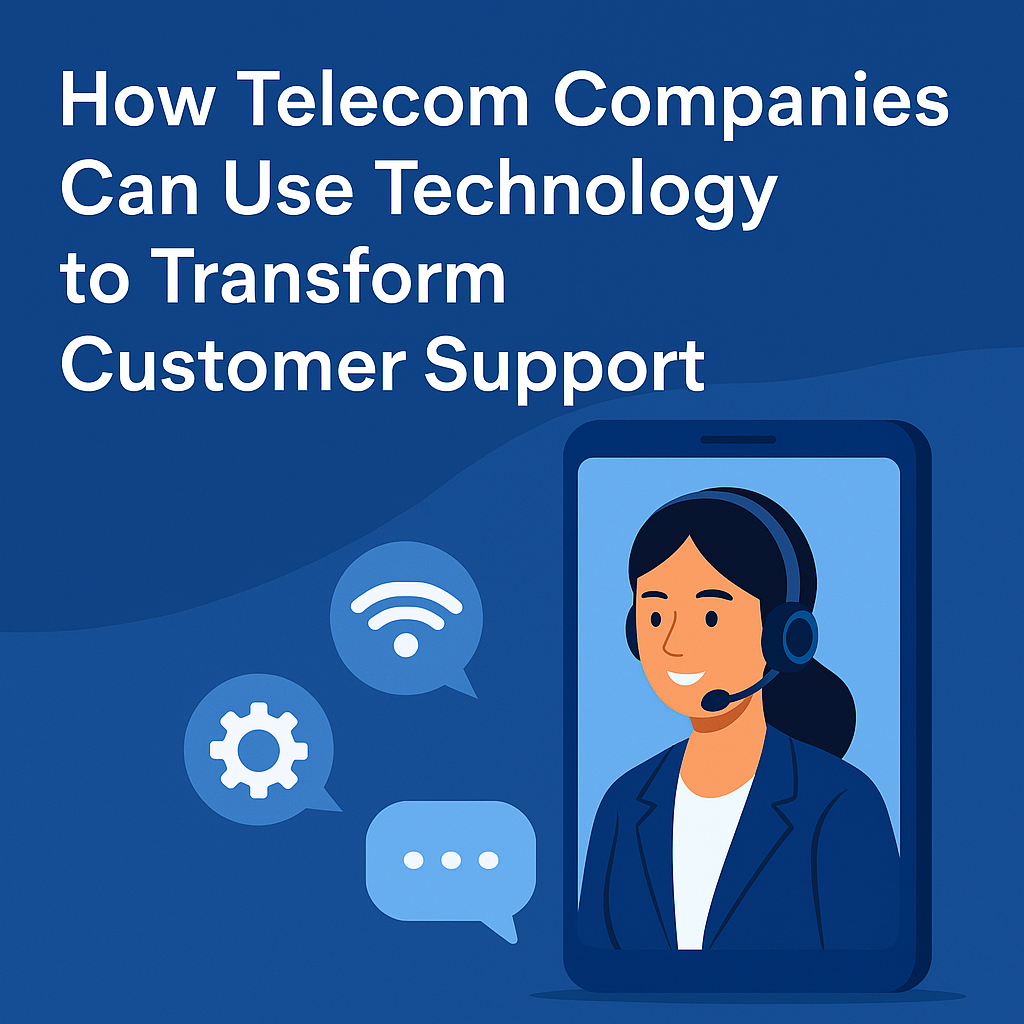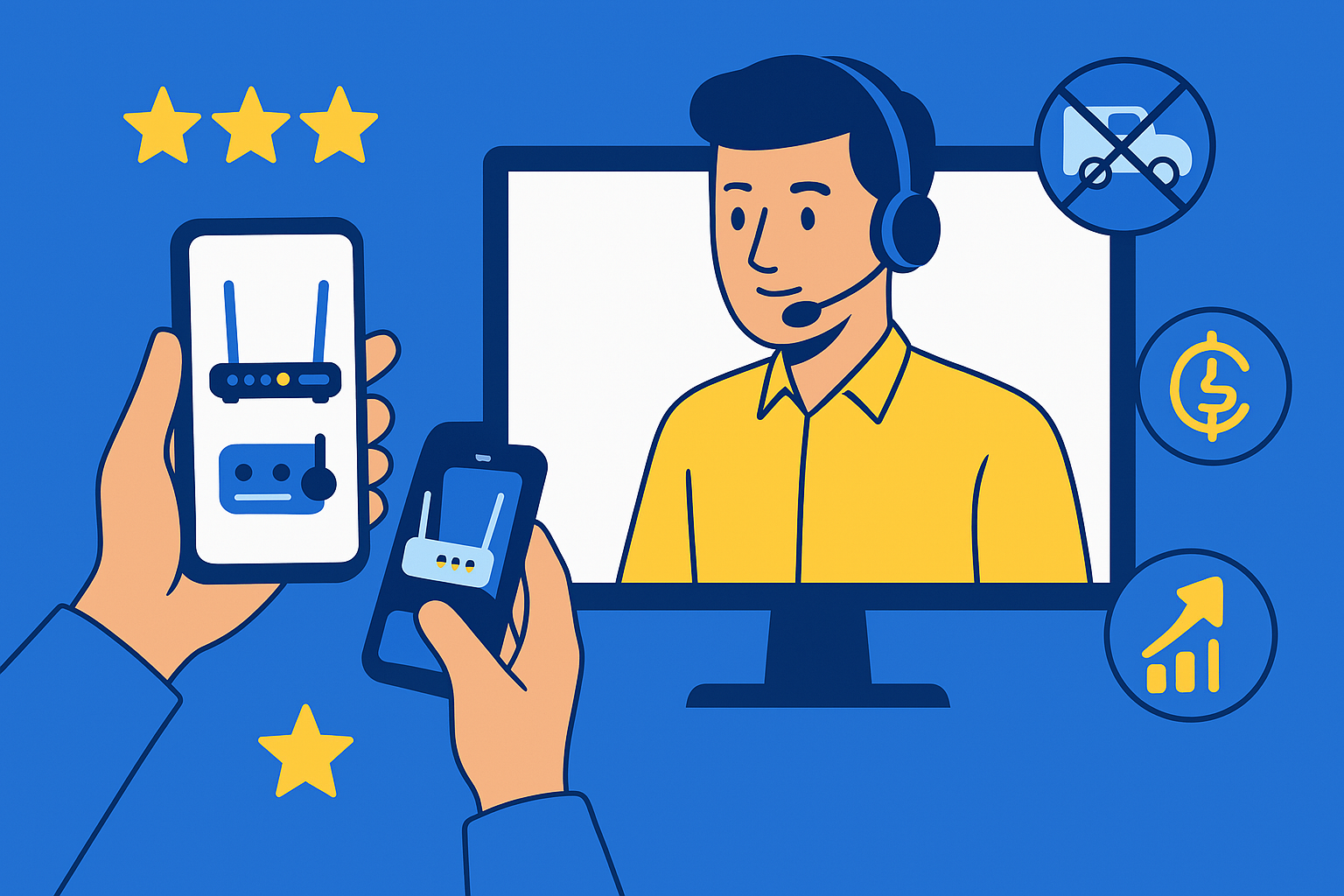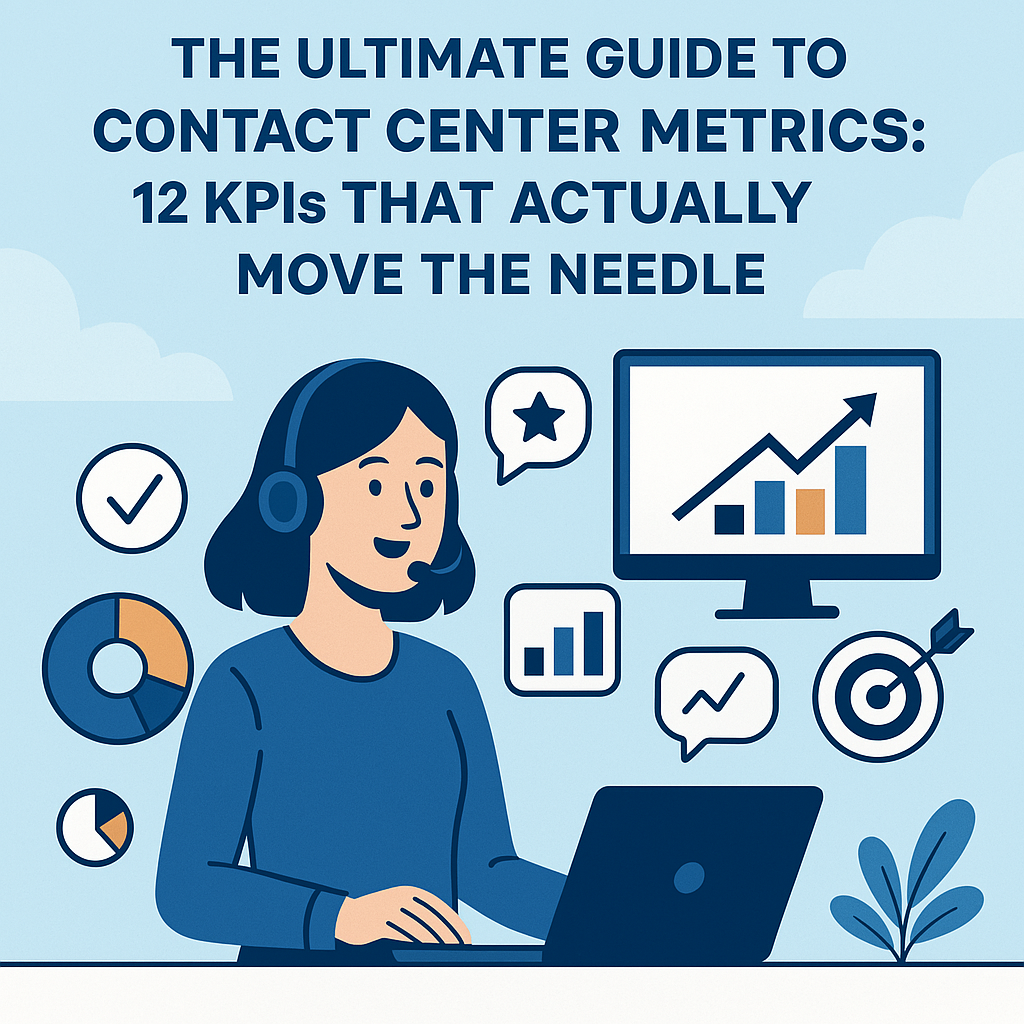Mastering First Contact Resolution: Proven Tactics for FCR in Customer Service
Introduction: Why First Contact Resolution is Your Support Superpower
You’ve been there—stuck on hold, bounced between agents, and still no solution in sight. For customers, it’s the fast track to frustration. For companies? It’s a silent killer of loyalty and efficiency. That’s where First Contact Resolution (FCR) steps in as the unsung hero of customer support.
FCR isn’t just another performance metric. It’s a pulse check on how well your team can solve problems right now—without callbacks, escalations, or follow-ups. And the numbers don’t lie: resolve an issue on the first try, and satisfaction soars to 90% (or higher). Miss that mark, and you’re staring down a 55% drop in customer happiness, not to mention rising operational costs.
So, how do modern support teams consistently nail first contact resolutions—especially in a fast-paced, multichannel world? The secret lies in a sharp mix of agent empowerment, intelligent systems, and one game-changing tool: Visual Remote Assistance (VRA).
In this blog, we’ll break down the battle-tested tactics that drive high FCR rates—and show how platforms like Blitzz are flipping the script on customer support with seamless, app-free visual solutions.
Let’s dive in.
Why First Contact Resolution Matters
Customer Satisfaction: The One-Touch Difference
Today’s customers aren’t just looking for answers—they’re looking for instant resolution. And when they get it on the first try? Magic happens. Studies show that when issues are resolved on first contact, customer satisfaction spikes to 90%+. But if it takes two or more interactions, that number plummets to just 55%. That’s not just a drop—it’s a nosedive.
In a world where loyalty is earned by experience, every repeated call or chat is a chisel against brand trust. Nail it the first time, and you’re not just solving a problem—you’re creating a fan.
.png?width=800&height=424&name=_-%20visual%20selection%20(1).png)
Operational Efficiency: Cut the Clutter, Kill the Costs
Here’s the brutal math: every unnecessary follow-up jacks up your operational costs by 15–30%. Multiply that across hundreds—or thousands—of support tickets, and you're bleeding time, money, and resources.
High FCR means leaner operations. Fewer repeat calls mean fewer agents tied up with déjà vu tickets. That’s not just good for the balance sheet—it’s a strategic win for scalability.
Agent Performance: Morale, Meet Momentum
Support agents live in the trenches. Every time they fix a customer’s issue in one shot, they score a small victory—and those add up fast. High FCR doesn’t just ease the queue; it boosts morale, slashes burnout, and turns your support center into a precision machine.
When agents are empowered to solve more in less time, everyone wins. Less firefighting. More fulfillment. And a team that’s actually excited to pick up the next ticket.
Proven Tactics to Improve FCR
1. Empower Agents with Training
Scenario-Based Learning
There’s no substitute for sharp instincts—and those are built, not born. Regular training sessions that role-play real-life scenarios (think: irate customers, tech confusion, tricky edge cases) give agents the muscle memory to act fast, speak clearly, and solve smarter.
Next Issue Avoidance (NIA)
FCR isn’t just about solving the current issue—it’s about anticipating the next one. NIA techniques train agents to spot patterns and preempt problems. Did the customer just reset their router? Ask if other devices are affected. It’s chess, not checkers—and it prevents callbacks before they happen.
2. Leverage Self-Service Tools
Smart Routing to FAQs, Chatbots, and Knowledge Bases
Not every issue needs a human touch. When customers can get quick answers through AI-powered bots, dynamic FAQs, or intuitive help centers, your agents are free to handle what truly requires expertise. It’s support triage, and it works.
3. Centralize Customer Data
CRM Systems: Context Is King
When agents don’t have to dig through fragmented systems or chase down customer history, resolution time plummets. A well-integrated CRM puts the full story at their fingertips—past interactions, purchase history, preferences—all in one place. The result? Faster, more accurate support with zero friction.
4. Automate Ticket Routing
Skills-Based Distribution
Stop playing roulette with ticket assignments. Smart routing tools ensure each issue lands with the right agent—based on skillset, language, product knowledge, or customer tier. This cuts down on escalations and transfers, turning “let me get someone else” into “I’ve got you covered.”
Visual Remote Assistance: The FCR Multiplier
If First Contact Resolution is the goal, Visual Remote Assistance (VRA) is the cheat code. Imagine giving your agents the power to see exactly what the customer sees—in real time. No back-and-forth guesswork. No “Can you describe it again?” Just clear visuals, instant understanding, and rapid solutions.
Real-Time Resolution with Visual Precision
With VRA, support becomes a conversation with context. Live video calls, screen sharing, and augmented reality (AR) tools like annotations and live pointers let agents guide customers step-by-step. Whether it’s a blinking router light or a misconfigured app setting, agents can diagnose and resolve faster—because they can see the issue, not just hear about it.
Think of it as a virtual house call—minus the traffic and toolkits.
Reduce Field Visits by Up to 40%
Field teams are expensive. Every truck roll eats up time, fuel, and resources. With VRA, many of those visits become unnecessary. Agents can walk customers through fixes remotely, often in minutes. The result? Up to 40% fewer site visits and a serious cut in operational costs.
For companies managing high volumes of physical equipment, this isn’t just helpful—it’s transformative.
Speed + Accuracy = FCR Gold
Visual context eliminates the ambiguity that kills first contact resolution. Miscommunications drop. Re-explanations vanish. Agents can immediately confirm problems and offer pinpoint fixes. That kind of precision translates into faster FCR, fewer repeat calls, and happier customers.
It’s the difference between guessing what’s wrong—and knowing.
App-Free, Customer-Friendly Support
Here’s the genius: platforms like Blitzz deliver all this visual power without requiring customers to download an app. That’s a massive win for usability. One click, and they’re in. The friction disappears, and the resolution begins.
No logins. No installs. Just seamless support.
Scale Expertise Across the Board
VRA doesn’t just empower frontline agents—it scales your top experts. One specialist can assist multiple agents remotely, jumping in only when visual context is needed. It’s an efficient, scalable way to share deep knowledge without ballooning your headcount.
Key Metrics to Track: Measuring the Impact of FCR
What gets measured gets mastered. To know whether your First Contact Resolution strategy is actually working, you need to track the right metrics—not just the volume of tickets, but the quality and speed of resolution.
FCR Rate
Formula:
(Number of issues resolved on first contact ÷ Total number of interactions) × 100
This is your north star. A rising FCR rate is a sign of smarter agents, better systems, and happier customers. Benchmark it, track it, and tie it to training and tech adoption.
Post-Interaction Customer Feedback
Think pulse surveys, NPS, and CSAT scores—especially those immediately after the interaction. If a customer says the issue is solved and rates the experience highly, you’ve likely nailed the first contact.
Average Handle Time (AHT)
FCR isn’t about rushing—it’s about resolving. But watch for trends: if AHT goes up while FCR improves, it might mean agents are investing more in the first interaction to avoid future ones—a trade-off that often pays off.
Repeat Contact Rate
If the same customer reaches out again for the same issue, that’s a miss. Monitor repeat contacts within 7–14 days post-resolution to gauge long-term effectiveness.

Conclusion: The Future of FCR is Visual
First Contact Resolution isn’t just a metric—it’s a mindset. It’s about doing more with every interaction, and leaving your customers with solutions, not frustrations.
The formula is clear:
Consistent FCR = well-trained agents + intelligent systems + visual tools like VRA.
And in the world of visual support, Blitzz is setting the pace. By bringing live video, AR guidance, and app-free simplicity into customer service workflows, Blitzz helps teams resolve up to 80% of visual-dependent issues on the first contact. That’s faster resolutions, fewer escalations, and a whole lot more happy customers.
So if you're ready to cut costs, boost satisfaction, and turn your support team into an FCR machine—
It’s time to see the difference. Explore how Blitzz is reshaping the FCR landscape.
Frequently Asked Questions (FAQ)
What is First Contact Resolution (FCR), and why is it so important?
First Contact Resolution measures your ability to resolve a customer’s issue during the first interaction, without follow-ups or escalations. It’s crucial because high FCR directly correlates with increased customer satisfaction, reduced support costs, and more efficient agent performance.
How is FCR calculated?
FCR = (Number of issues resolved on first contact ÷ Total number of interactions) × 100.
Tracking this metric helps you benchmark your support team's effectiveness and identify areas for improvement.
What kinds of issues benefit most from Visual Remote Assistance (VRA)?
VRA is especially powerful for hardware or visual troubleshooting—like device setup, product installation, or resolving technical issues that require a visual inspection. It allows agents to “see what the customer sees” and guide them step-by-step to resolution.
Does Visual Remote Assistance require customers to download an app?
Not with solutions like Blitzz. Their platform allows app-free, browser-based video support, making the process seamless and user-friendly—especially for less tech-savvy customers.
How quickly can a company implement VRA into their support workflow?
Implementation is typically fast—especially with cloud-based platforms. Blitzz, for example, integrates easily with existing CRMs and support tools, allowing teams to start using visual assistance within hours or days, not weeks.
.png?width=120&height=55&name=Blitzz-Logo-right%20white%20eyes%20-%20not%20transparent%20(3).png)


